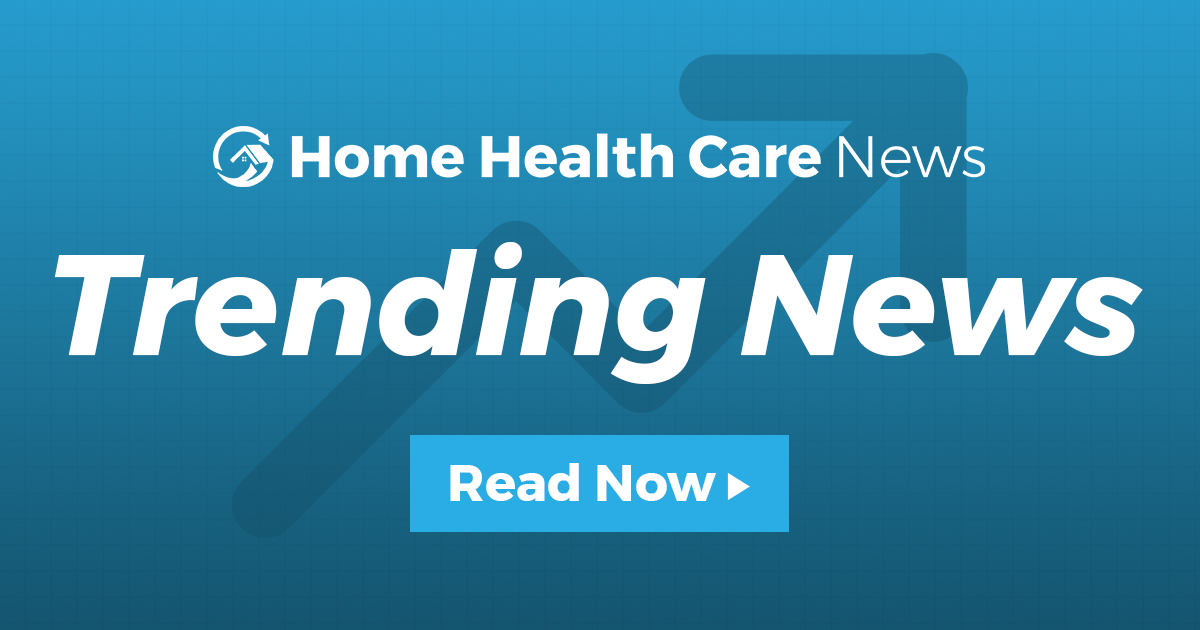Addressing Medicare’s Affordability Gap: Low-income Beneficiaries Face Significant Challenges Despite Assistance

While financial assistance programs help some Medicare beneficiaries with premiums and cost-sharing, low- and near low-income individuals still face significant affordability challenges.
Standard Medicaid benefits often entail significant cost-sharing, leading to high out-of-pocket (OOP) costs for beneficiaries. Medicare requires beneficiaries to pay deductibles and coinsurance for both inpatient and outpatient care, with no limit on OOP expenses, according to KFF.
While Medicare Advantage plans impose OOP spending limits, these thresholds can reach an exorbitant amount for some beneficiaries. In 2022, Medicare households spent an average of $7,000 on health care, with about one-third of beneficiaries overall spending 20% or more of their total income on medical expenses, the KFF reported.
To help reduce these costs, financial assistance programs cover Medicare Parts A and B premiums and cost-sharing for people with limited assets and incomes below 100% of the federal poverty level (FPL). For those earning between 100% and 150% of the FPL, these programs also pay for premiums.
Medicare beneficiaries with lower incomes had lower out-of-pocket health care costs compared to those with higher incomes, a new study published in JAMA Network Open found. However, they were more likely to face affordability issues due to limited financial assistance.
To create effective policies that improve access to care for Medicare beneficiaries, researchers recommend a better understanding of the differences in healthcare affordability across income levels and the availability of public assistance.
Understanding financial limitations
Researchers analyzed data from 24,398 Medicare beneficiaries, divided into four groups: low-income, near-low-income, middle-income and high-income. The near-low-income group experienced the most significant affordability problems, even more than the low-income, middle-income and high-income groups.
Perhaps not surprisingly, researchers discovered that qualified Medicare beneficiaries’ subsidies are associated with lower OOP spending and higher health care use among beneficiaries with lower income. However, beneficiaries with near-low incomes are generally not eligible for these subsidies, although they often face similar social determinants of health as beneficiaries with low incomes and experience significant affordability concerns.
Additionally, beneficiaries with incomes just above the Part D low-income subsidy threshold tend to show lower medication adherence and face greater financial stress from prescription costs than other income groups. Furthermore, lower-income older adults are less likely to use high-value care, according to researchers.
Health care usage
Researchers found that although lower-income beneficiaries paid less OOP, this did not result in higher outpatient care usage. Furthermore, beneficiaries with low or near-low incomes were more likely to use acute and emergency services. Financial and logistical challenges may hinder these beneficiaries’ access to preventive and routine care, potentially leading to more serious health problems that necessitate urgent attention.
Researchers observed that these findings highlight worries about the affordability of care and suggest that existing financial aid programs may not sufficiently safeguard near-low-income beneficiaries from financial difficulties.
The study found that although few beneficiaries experience financial burden, some face other issues like financial barriers to care and medical debt. These problems often occur before treatment, causing individuals to delay or skip needed medical care due to cost concerns. Conversely, financial burden and medical debt typically develop after receiving care, indicating struggles in managing medical expenses.
Researchers noted that while financial barriers mainly limit access to care, the ongoing financial burden and medical debt contribute to continued economic hardship. This heightened financial insecurity can hinder individuals from seeking future medical help. Recognizing these differences is essential for designing policies that improve health care affordability, researchers said
The study concluded that difficulties in affording health care are widespread. Low-income Medicare beneficiaries, who receive only partial financial help with Medicare expenses, experience more financial hardship than those in higher income brackets. These affordability issues could limit their access to necessary care, underscoring the importance of targeted strategies to strengthen financial protections and make health care more affordable for these beneficiaries.
The post Addressing Medicare’s Affordability Gap: Low-Income Beneficiaries Face Significant Challenges Despite Assistance appeared first on Home Health Care News.
Popular Products
-
 High Heel Toe Plug - Anti-Pain Cushio...
High Heel Toe Plug - Anti-Pain Cushio...$31.99$21.78 -
 Toeless Ankle Compression Socks for N...
Toeless Ankle Compression Socks for N...$24.99$16.78 -
 Back Posture Corrector Shoulder Brace...
Back Posture Corrector Shoulder Brace...$61.99$42.78 -
 Weight Lifting Wrist Wraps with Hooks...
Weight Lifting Wrist Wraps with Hooks...$10.99$6.78 -
 Orthopedic Shock Pads For Arch Support
Orthopedic Shock Pads For Arch Support$71.56$35.78